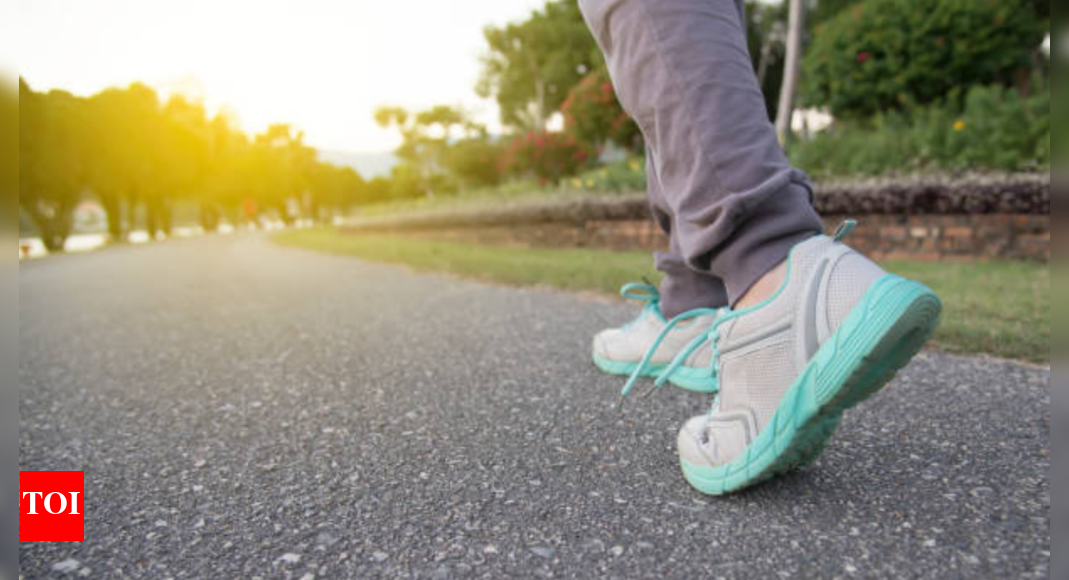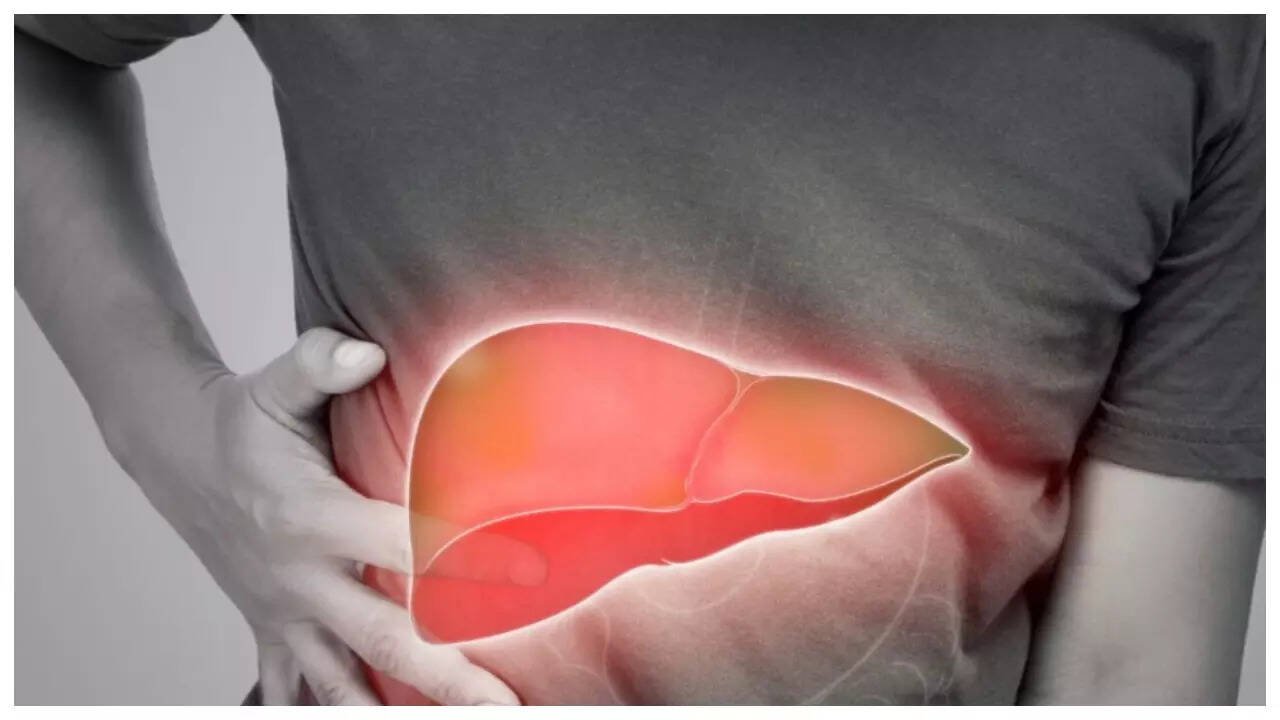If you’ve ever scrolled through fitness Instagram and felt a pang of guilt for not running marathons, power-lifting, or doing bootcamps at 5 a.m., take a deep breath—and go for a 10-minute walk. That’s it. No sweat-drenched t-shirts. No interval timers. Just ten minutes of walking. Because, as surprising as it sounds, your heart might prefer it that way.When it comes to protecting your heart, short, consistent walks may be just as powerful, if not more so, than an occasional 10K run. Here’s why.
The myth of “go hard or go home”
For years, the fitness industry has glorified high-intensity workouts. While there’s no denying the benefits of vigorous activity (especially for endurance and metabolic boost), the idea that you must suffer through sprints or long-distance runs to support heart health? That’s outdated.
What happens to your heart in just 10 minutes?
The beauty of walking lies in its immediate impact. The moment you start moving, even at a casual pace, several things happen:Blood vessels dilate. That means improved circulation and better oxygen delivery throughout the body.Your heart rate rises slightly—but safely. You’re not maxing out; you’re nudging your heart just enough to stimulate it.Endothelial function improves. The endothelium (lining of blood vessels) becomes more efficient, which helps prevent atherosclerosis (hardening of the arteries).Blood pressure drops. Yes, even a 10-minute walk can lead to modest reductions in blood pressure.Stress hormones reduce. Cortisol levels dip, and mood-lifting neurotransmitters like serotonin and dopamine kick in.Add that up across 5 or 6 walks per week, and you’re looking at a cumulative effect that’s seriously heart-protective.
The longevity link
A 2021 study published in JAMA Network Open found that walking for just a few minutes a day (even broken into smaller chunks) reduced the risk of cardiovascular events by up to 50%. That’s on par with many cholesterol-lowering drugs.Even more eye-opening? The biggest heart-health gains were seen in people who went from no movement to just a little. It wasn’t the marathon runners who saw the sharpest drop in risk—it was the couch potatoes who started taking short strolls after lunch.
Why running isn’t always the winner
Let’s not demonize running—it’s a powerful cardiovascular activity and brings benefits to many. But for some people, especially those with joint issues, high blood pressure, obesity, or chronic stress, running can actually be counterproductive.It spikes cortisol. High-intensity workouts temporarily raise stress hormones. That’s fine occasionally—but in already stressed individuals, it can strain the heart.It increases injury risk. Shin splints, knee pain, plantar fasciitis—these are all common in recreational runners, which can lead to complete inactivity.It’s unsustainable for many. You’re more likely to stick to something that doesn’t leave you breathless and sore.That’s where walking shines: it’s kinder, gentler, and easier to stick with. For people over 40, especially, walking can be a gateway to sustainable heart health without the strain.
The secret sauce? Frequency and joy
Your heart doesn’t just respond to effort—it responds to regularity and emotion. A 10-minute walk taken daily with your dog, your spouse, or even a podcast you love? That’s medicine.Walking after meals also brings added benefits. Postprandial (after-meal) walks can blunt blood sugar spikes, ease digestion, and reduce blood pressure. All of these are gold for cardiovascular health.In Japan, where heart disease rates are significantly lower, it’s common to see office workers walking after lunch. It’s not seen as “fitness”—it’s just a lifestyle. That mindset shift might be the real win.
What if you can’t find ten minutes?
Then find five. Seriously. A recent study out of the University of Sydney found that people who did three short 5-minute walks a day—morning, lunch, and evening—saw improvements in blood pressure and VO₂ max, a marker of heart fitness.
What the heart really wants
Let’s cut to the chase. Your heart wants:
- Regular, gentle movement
- Calm instead of chaos
- Oxygen-rich blood
- Low inflammation
- A consistent routine
- Time outdoors, preferably under a tree or near a bird
Walking offers all of that. And when it’s done regularly, especially in green spaces, it turns into a meditative ritual that benefits not just your heart, but your entire nervous system.So yes, run if you love it. But don’t for a second believe that running is the only path to heart health. If all you can offer today is 10 quiet minutes with the pavement, your heart will thank you—quietly, efficiently, and over the long haul.There’s something deeply rebellious about choosing simplicity in a world obsessed with extremes. And when it comes to your heart, the data is clear: you don’t need to conquer mountains. You just need to step out your front door.Whether it’s walking your kid to the school bus, strolling through your building’s corridor, or circling your kitchen island with a podcast playing—those 10 minutes are no joke. They’re cardiac gold.So lace up. Not to chase a record or beat a personal best, but to remind your heart that you’re in it for the long run—the slow, steady, 10-minute-at-a-time kind.Disclaimer:This article is for informational purposes only and does not constitute medical advice. Always consult with a qualified healthcare professional before starting any new exercise routine, especially if you have existing heart conditions or health concerns. Individual fitness needs may vary, and what works for one person may not be suitable for another. The content is based on current research and expert opinion, but should not replace personalized guidance from your doctor or cardiologist. Use discretion and prioritize safety.
var _mfq = window._mfq || [];
_mfq.push([“setVariable”, “toi_titan”, window.location.href]);
!(function(f, b, e, v, n, t, s) {
function loadFBEvents(isFBCampaignActive) {
if (!isFBCampaignActive) {
return;
}
(function(f, b, e, v, n, t, s) {
if (f.fbq) return;
n = f.fbq = function() {
n.callMethod ? n.callMethod(…arguments) : n.queue.push(arguments);
};
if (!f._fbq) f._fbq = n;
n.push = n;
n.loaded = !0;
n.version = ‘2.0’;
n.queue = [];
t = b.createElement(e);
t.async = !0;
t.defer = !0;
t.src = v;
s = b.getElementsByTagName(e)[0];
s.parentNode.insertBefore(t, s);
})(f, b, e, ‘https://connect.facebook.net/en_US/fbevents.js’, n, t, s);
fbq(‘init’, ‘593671331875494’);
fbq(‘track’, ‘PageView’);
};
function loadGtagEvents(isGoogleCampaignActive) {
if (!isGoogleCampaignActive) {
return;
}
var id = document.getElementById(‘toi-plus-google-campaign’);
if (id) {
return;
}
(function(f, b, e, v, n, t, s) {
t = b.createElement(e);
t.async = !0;
t.defer = !0;
t.src = v;
t.id = ‘toi-plus-google-campaign’;
s = b.getElementsByTagName(e)[0];
s.parentNode.insertBefore(t, s);
})(f, b, e, ‘https://www.googletagmanager.com/gtag/js?id=AW-877820074’, n, t, s);
};
function loadSurvicateJs(allowedSurvicateSections = []){
const section = window.location.pathname.split(‘/’)[1]
const isHomePageAllowed = window.location.pathname === ‘/’ && allowedSurvicateSections.includes(‘homepage’)
const ifAllowedOnAllPages = allowedSurvicateSections && allowedSurvicateSections.includes(‘all’);
if(allowedSurvicateSections.includes(section) || isHomePageAllowed || ifAllowedOnAllPages){
(function(w) {
function setAttributes() {
var prime_user_status = window.isPrime ? ‘paid’ : ‘free’ ;
var geoLocation = window?.geoinfo?.CountryCode ? window?.geoinfo?.CountryCode : ‘IN’ ;
w._sva.setVisitorTraits({
toi_user_subscription_status : prime_user_status,
toi_user_geolocation : geoLocation
});
}
if (w._sva && w._sva.setVisitorTraits) {
setAttributes();
} else {
w.addEventListener(“SurvicateReady”, setAttributes);
}
var s = document.createElement(‘script’);
s.src=”https://survey.survicate.com/workspaces/0be6ae9845d14a7c8ff08a7a00bd9b21/web_surveys.js”;
s.async = true;
var e = document.getElementsByTagName(‘script’)[0];
e.parentNode.insertBefore(s, e);
})(window);
}
}
window.TimesApps = window.TimesApps || {};
var TimesApps = window.TimesApps;
TimesApps.toiPlusEvents = function(config) {
var isConfigAvailable = “toiplus_site_settings” in f && “isFBCampaignActive” in f.toiplus_site_settings && “isGoogleCampaignActive” in f.toiplus_site_settings;
var isPrimeUser = window.isPrime;
var isPrimeUserLayout = window.isPrimeUserLayout;
if (isConfigAvailable && !isPrimeUser) {
loadGtagEvents(f.toiplus_site_settings.isGoogleCampaignActive);
loadFBEvents(f.toiplus_site_settings.isFBCampaignActive);
loadSurvicateJs(f.toiplus_site_settings.allowedSurvicateSections);
} else {
var JarvisUrl=”https://jarvis.indiatimes.com/v1/feeds/toi_plus/site_settings/643526e21443833f0c454615?db_env=published”;
window.getFromClient(JarvisUrl, function(config){
if (config) {
const allowedSectionSuricate = (isPrimeUserLayout) ? config?.allowedSurvicatePrimeSections : config?.allowedSurvicateSections
loadGtagEvents(config?.isGoogleCampaignActive);
loadFBEvents(config?.isFBCampaignActive);
loadSurvicateJs(allowedSectionSuricate);
}
})
}
};
})(
window,
document,
‘script’,
);
#heart #loves #10minute #walk #10k #run



